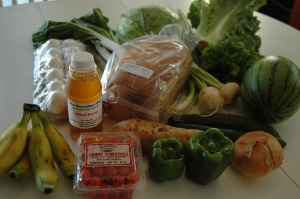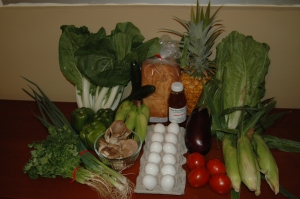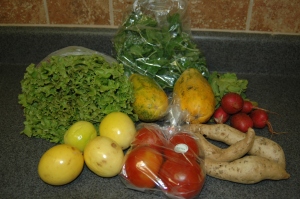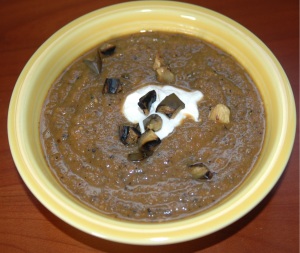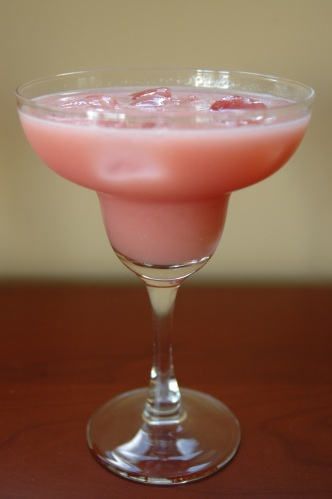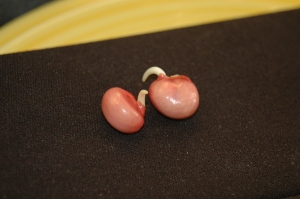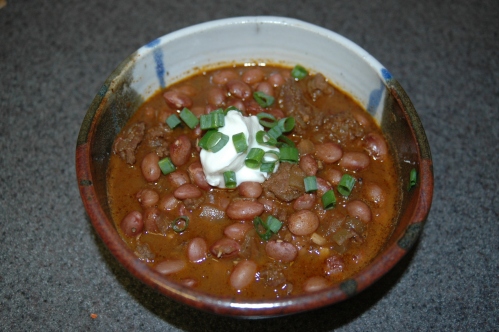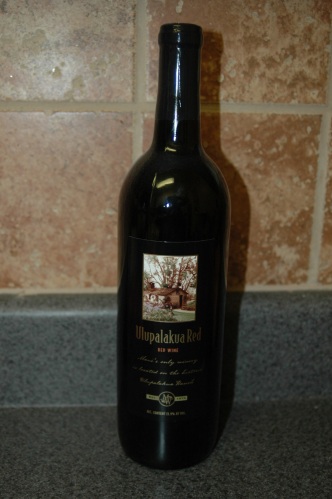I was inspired today by reading a post about CSAs around the country from Family Foodie Survival Guide . I’ve only been in Hawaii for 7 years, but already I tend to think it is normal to have fresh vegetables all year round and shouldn’t everyone have a mango tree? So it was interesting to see what those on the mainland get from their CSA.
As part of the recent Eat Local Challenge we tried a couple of different CSAs. I’ll be honest, I really really enjoy shopping at the farmer’s market so I would typically prefer to wander around the market checking out all the possibilities than receive a prechosen bag. That being said though, the CSAs we have tried have really been a great experience. We have gotten things that I would likely have not picked on my own.
We got the The Hawaiian Chef Luau boxes through Groupon. So the above boxes are normally $50, but we got them for $25. The boxes were amazing – choice of bread from Baker Dude (not totally local, but really good!), choice of lilikoi syrup or dressing, dozen free-range eggs and piles of fruits and vegetables. I do not know how she comes up with a value of $50 because adding up the individual items comes to far more than that. And my favorite part is you just order it a week ahead, so you don’t have to set up a regular schedule. I find that I waste less food when I can adjust my weekly shopping depending on what is in my fridge. The only downside is that they are typically not prebuilt, so you can wait a while at the market while the box is assembled. But it was well worth the money (and the wait)!
We got two weeks of Oahu Fresh with on online coupon as well. Their regular price is only $20, so the box is smaller and probably a better fit for our household. We got greens, tomatoes, radishes, papayas, sweet potatoes, tomatoes and lilikoi. The nice thing about Oahu Fresh is that you can add all kinds of extras to your box – Naked Cow butter, cheese, or eggs, Kuaiwi Ranch beef, PacificKool ginger syrup and even Ka’u coffee. You could almost get all of your groceries just through their service. Their only downside is that there are fairly limited pickup spots/times, so you definitely have to arrange your schedule around your weekly pickup. We had a pickup site very close to our office, so it wasn’t too much of an inconvenience.
I’m really glad that we tried the CSAs and we will likely try others. Ma’o Organic Farms is high on my list but I don’t know if I’m able to make the commitment. For the moment I’ll stick with occasional Hawaiian Chef luau boxes and continue wandering the farmer’s market.

